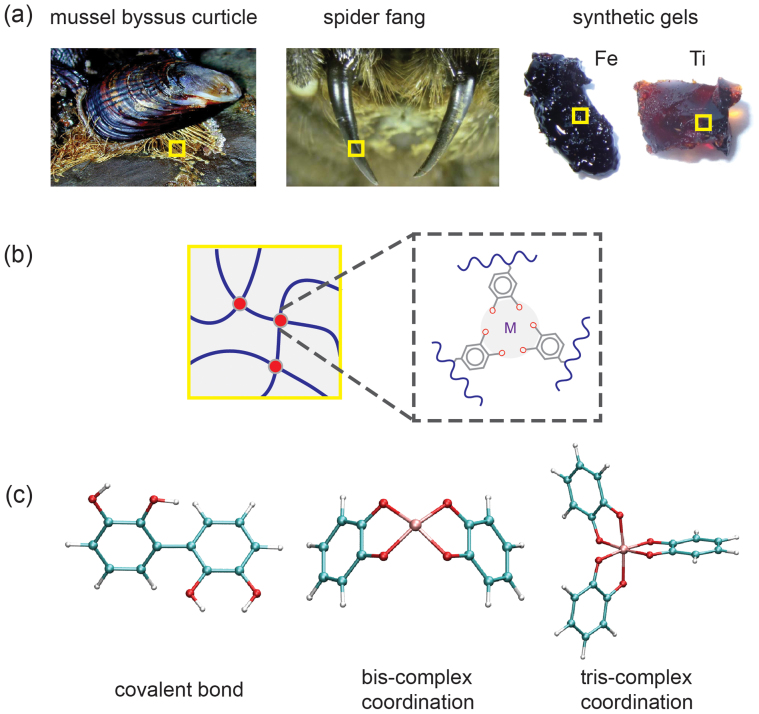Figure 1. Biological and bio-inspired materials with mechanical properties defined by crosslinked biopolymers.
(a) Mechanical properties of biological materials (e.g. mussel byssus1,4, spider fang2) and bioinspired synthetic polymer networks (Fe- and Ti-gels4) are attributed to the presence of unmineralized metals that form crosslinking complexes between biopolymers with funcntional groups such as catechol and dopa. (b) Illustration of a polymeric network crosslinked by metal-coordination complex consisting of metals and catechols. (c) Atomic structures of (from left to right) covalent bonds, bis-catecholate- and tris-catecholate-complexes with coordinate metal-oxygen bonds between metal and catechols. (Images of the mussel byssus curticle and spider fang were taken by Genevieve Anderson and Ken Walker, respectively.)

